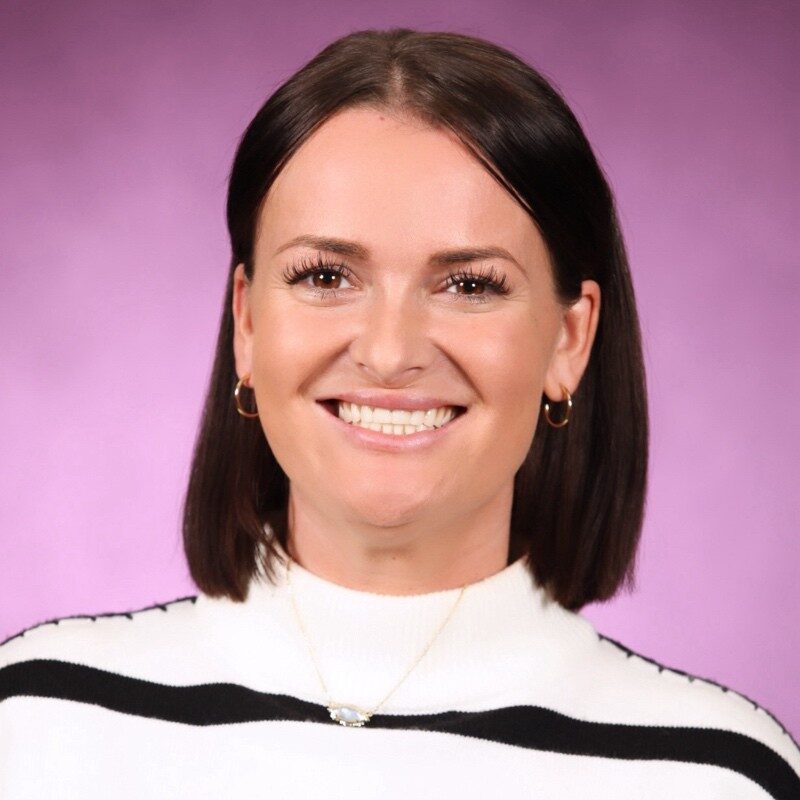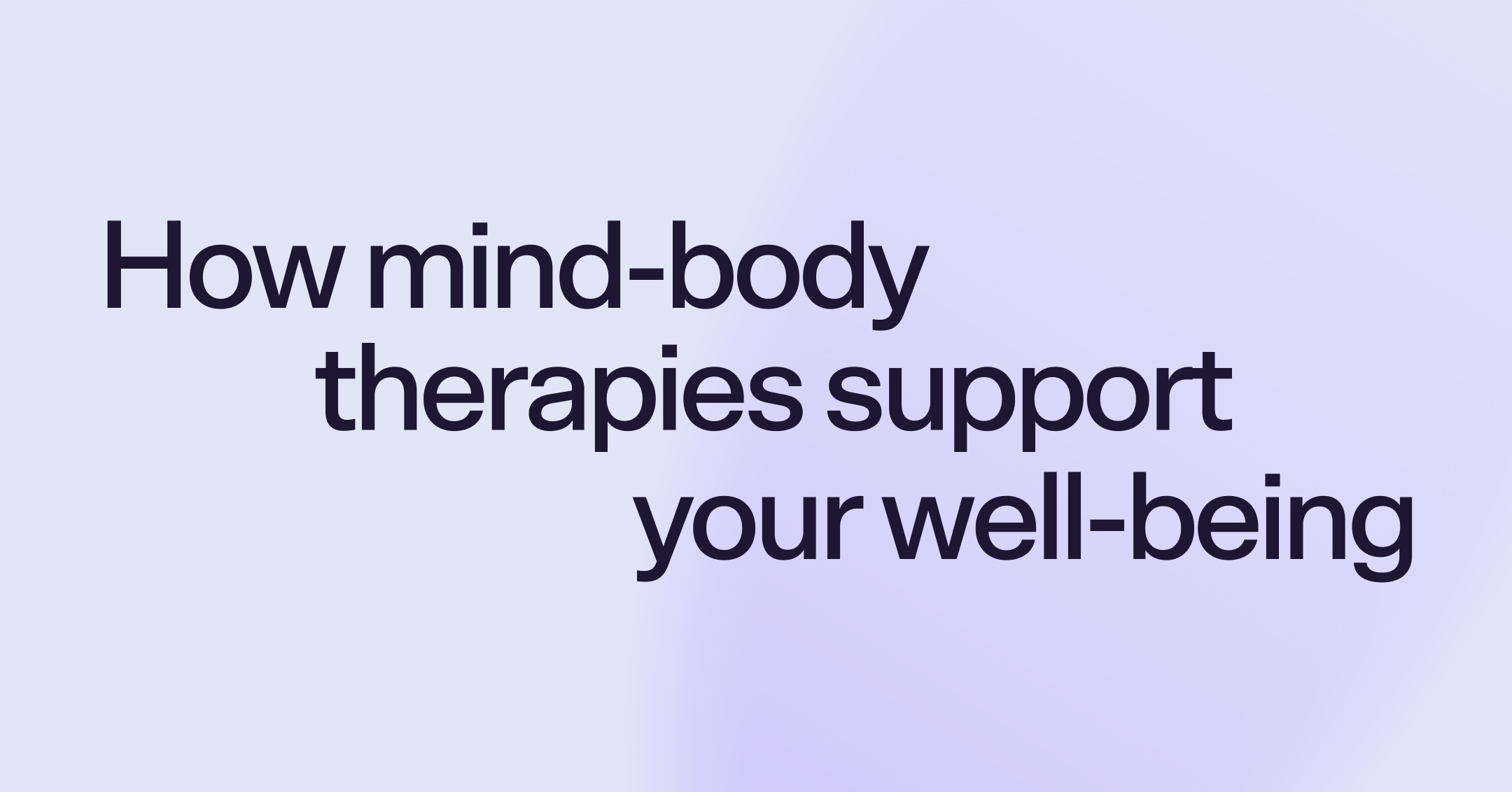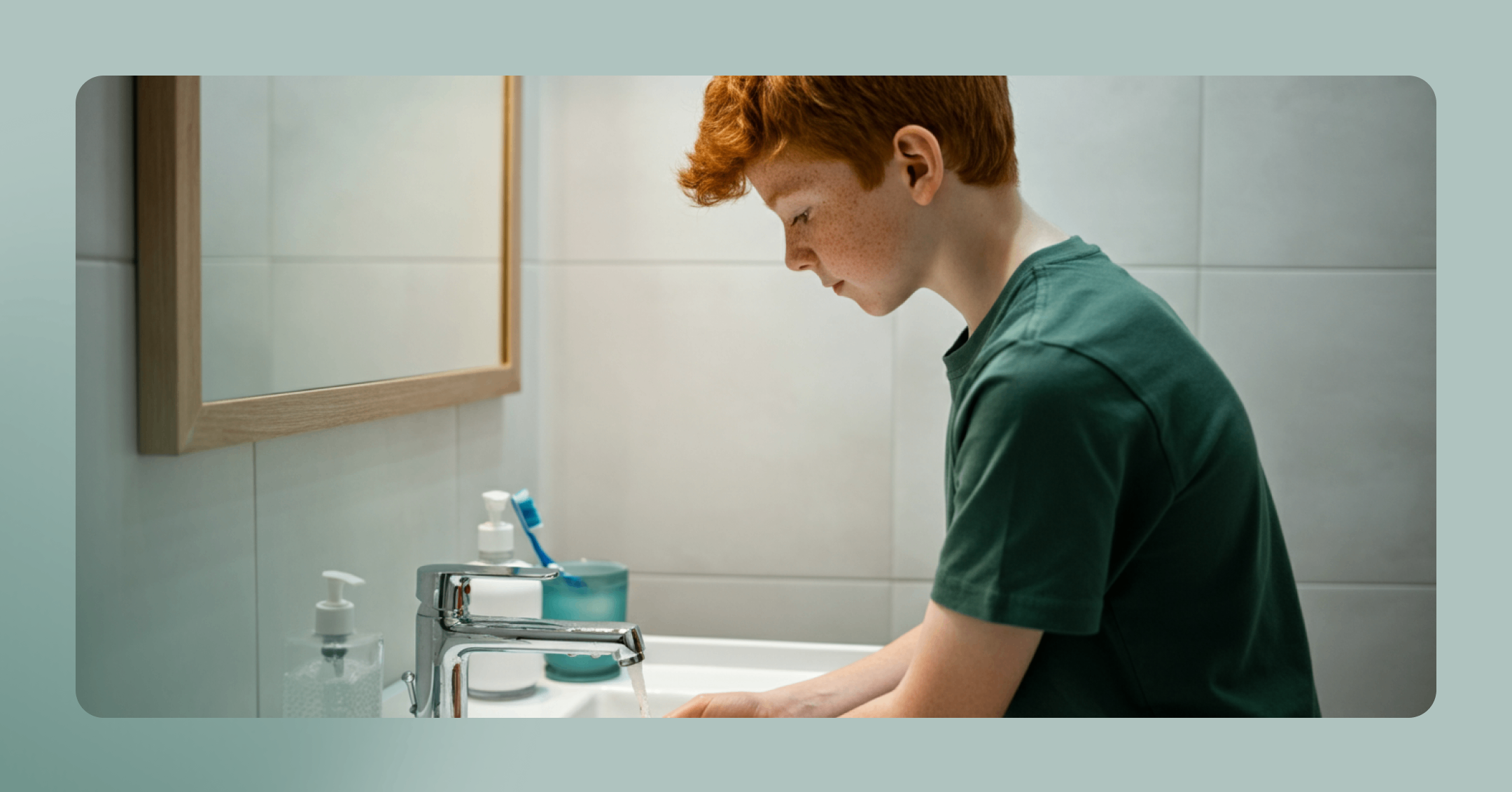If your relationship drains you emotionally, involves control or blame, or makes you feel unsafe, it may be a trauma bond.
Trust your feelings. Real love feels safe and supportive and allows you to be yourself without fear or constant worry.
You can prioritize your safety, set boundaries, and seek professional support to heal and build healthier connections.
The difference between a trauma bond and love can often feel confusing and hard to see clearly. Sometimes, what feels like a deep connection is actually a dysfunctional pattern that keeps you stuck. A trauma bond is a strong emotional attachment that develops through cycles of stress, fear, and intense emotions, often keeping you stuck in an unhealthy pattern.
If you’ve been in a relationship that’s intense but painful, you’re not alone in wondering what’s really going on. The good news is there are clear signs you can look for to better understand your experience. Below are some key ways to recognize whether your relationship is a trauma bond or real love — and actionable steps to help you move forward with confidence.
A note to the reader: If you feel unsafe in your relationship for any reason, contact the National Domestic Violence Hotline by dialing 800-799-7233 for confidential support.
1. Rewind the meet-cute: Did your love start in chaos or calm?
Look closely at the beginning of your relationship. Trauma bonds often begin during times of stress, crisis, or intense emotional need. Real love usually grows from trust and mutual respect over time. Reflect on whether your connection began in chaos or calm, and ask yourself if you ignored early red flags.
Actionable strategy: Journal the timeline of your relationship’s start. Note whether patterns of chaotic emotional highs and lows were present early on.
Next step if you notice chaos: Consider talking with a mental health professional who can help you explore these early patterns and what they might mean for your emotional safety going forward.
The care you need, when you need it
Learn how Rula can support your mental health journey
2. When butterflies feel more like warning signs
Both trauma bonds and real love can feel intense and passionate, which makes them hard to tell apart. Sometimes, a connection feels like a soul tie or even a twin flame — deeply magnetic and electrifying. However, trauma bonds often come with confusion, anxiety, and emotional exhaustion. Healthy love, on the other hand, tends to bring safety, comfort, and consistent support.
Actionable strategy: Track your emotional highs and lows. Notice if you feel drained or worried more than cared for and secure.
Next step if you feel drained: Prioritize self-care practices, and reach out for support. Friends, support groups, or a mental health professional can offer clarity and help you build healthier emotional habits.
3. Love shouldn’t feel like keeping score
Trauma bonds often involve manipulative dynamics that create imbalance and control. You might face:
Gaslighting: Your feelings are ignored, and you start to question your memory and/or judgment.
Love bombing: Someone uses intense affection to control or otherwise manipulate you.
Guilt tripping: You’re made to feel responsible for things that aren’t your fault.
These behaviors can keep you off balance and anxious, constantly trying to “earn” love or avoid conflict. In authentic, healthy love, power is shared equally. Both partners feel safe to express themselves, make mistakes, and work through problems together. Growth happens through trust and mutual respect — not fear or control.
Actionable strategy: Track patterns of accountability and blame. Do both of you take responsibility? Or is conflict always one sided?
Next step if blame seems one sided: Practice setting boundaries around harmful behaviors, and consider professional support to learn how to protect your emotional well-being.
4. Your body might notice before your mind does
When you're in a trauma bond, your nervous system may stay on high alert. You might feel anxious, exhausted, or stuck in cycles of “fixing” or proving yourself. This is because your body keeps score. It holds onto the tension, fear, and overwhelm long after the moment has passed. Love should bring regulation, not constant activation.
Actionable strategy: Notice how your body responds before, during, and after intense interactions. Does your heart race? Do you feel drained or peaceful?
Next step if your body stays activated: Explore grounding and regulation techniques, like mindfulness, and consider trauma-informed therapy to help your nervous system find safety.
5. When talking feels like walking on eggshells
In trauma bonds, communication often feels tense, unpredictable, or even unsafe. You might hold back your thoughts to avoid conflict or feel like your voice doesn’t matter. In real love, open and respectful communication is the norm — even when it’s hard. You feel heard, valued, and safe to express your needs.
Actionable strategy: Take note of how often you feel anxious before bringing something up. Try writing down what you wish you could say. Then, consider whether you’d feel safe saying it out loud. That gap can reveal a lot.
Next step if you feel silenced: Seek supportive spaces where your voice is valued.
6. When love feels like a rescue mission
Trauma bonds and real love can both feel intense, but their emotional impact is very different. A trauma bond often leaves you feeling responsible for fixing or saving your partner, even at your own expense. In contrast, healthy love creates space for mutual growth, safety, and emotional stability.
Actionable strategy: Ask yourself if you often feel like your partner’s emotional caretaker. Reflect on whether the relationship uplifts you or leaves you feeling emotionally exhausted. Journaling after difficult interactions can help you uncover these patterns.
Next step if you feel drained: Set clear personal boundaries, and consider counseling to help you build healthier relational patterns and self-care skills.
What to do next: Moving forward with clarity and confidence
Recognizing the difference between a trauma bond and healthy, authentic love is a powerful first step. But figuring out what to do next can feel overwhelming.
To support yourself as you move forward, try:
Being gentle with yourself: Healing takes time, and it’s normal to feel confused or afraid. Your feelings are valid, and growth happens gradually.
Building your support system: Connect with trusted friends, family, or professionals who can offer care and guidance without judgment.
Considering professional help: Therapists trained in trauma and relationships can help you navigate your feelings, recognize unhealthy patterns, and develop tools for healthier connections.
Prioritizing your safety and boundaries: If you feel unsafe, create a safety plan that includes trusted contacts and safe spaces. Setting clear boundaries is essential to protect your well-being.
Practicing self-care: Engage in activities that nurture your mind and body, like rest, movement, or mindfulness.
Educating yourself about healthy relationships: Knowing what respect, trust, and shared power look like can help you identify what you truly deserve.
You deserve to feel valued and supported in every relationship. Whether that means healing within your current relationship or stepping away from a toxic pattern, every step you take toward understanding and self-care is a step toward a healthier future.
If someone hurts you often but you still feel like you need them to feel OK, the relationship might be based on a trauma bond — not healthy love. Healthy love feels safe and steady, not like a constant emotional rollercoaster. A therapist can help you spot the difference and figure out what’s really going on.

Brandy Chalmers, LPC
Clinical reviewer
Find care with Rula
The difference between a trauma bond and healthy love can be confusing because both experiences can feel intense. Trauma bonds often involve cycles of stress, control, and emotional exhaustion, while real love is built on trust, safety, and mutual respect. Recognizing these signs can help you understand your relationship better. Remember, support is available to help you heal and build healthier connections.
At Rula, we’re committed to delivering a comprehensive behavioral health experience that helps people feel seen and understood so they can get back to feeling their best.
Rula makes it easier to find a licensed therapist or psychiatric provider who accepts your insurance so you don’t have to choose between affordable care and excellent care. With a diverse network of more than 15,000 providers, 24/7 crisis support, and appointments available as soon as tomorrow, we're here to help you make progress — wherever you are on your mental health journey.
Rula's editorial process
Rula's editorial team is on a mission to make science-backed mental health insights accessible and practical for every person seeking to better understand or improve mental wellness.
Members of Rula’s clinical leadership team and other expert providers contribute to all published content, offering guidance on themes and insights based on their firsthand experience in the field. Every piece of content is thoroughly reviewed by a clinician before publishing.



